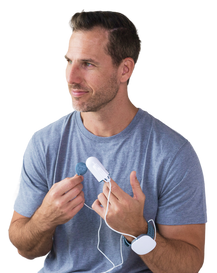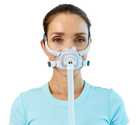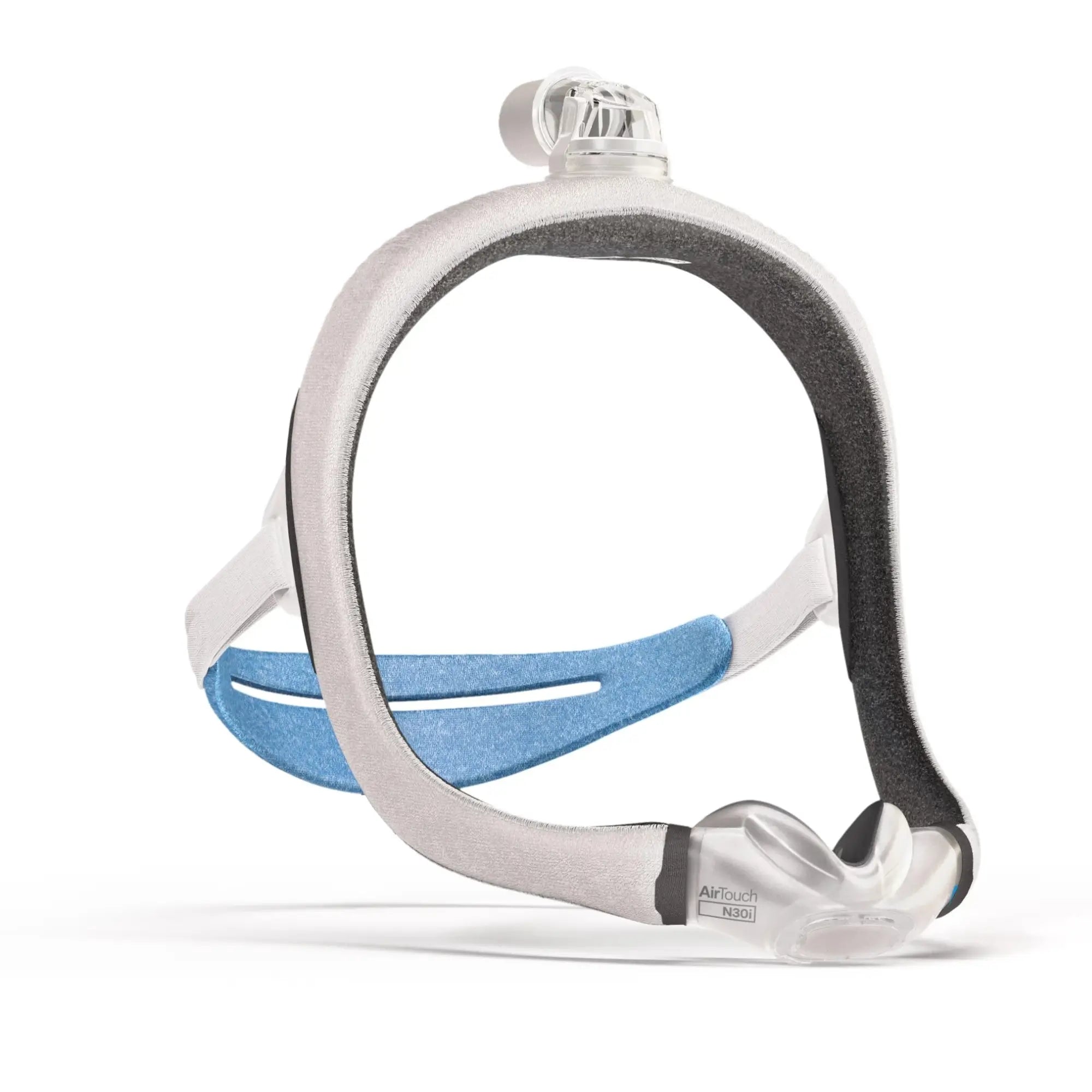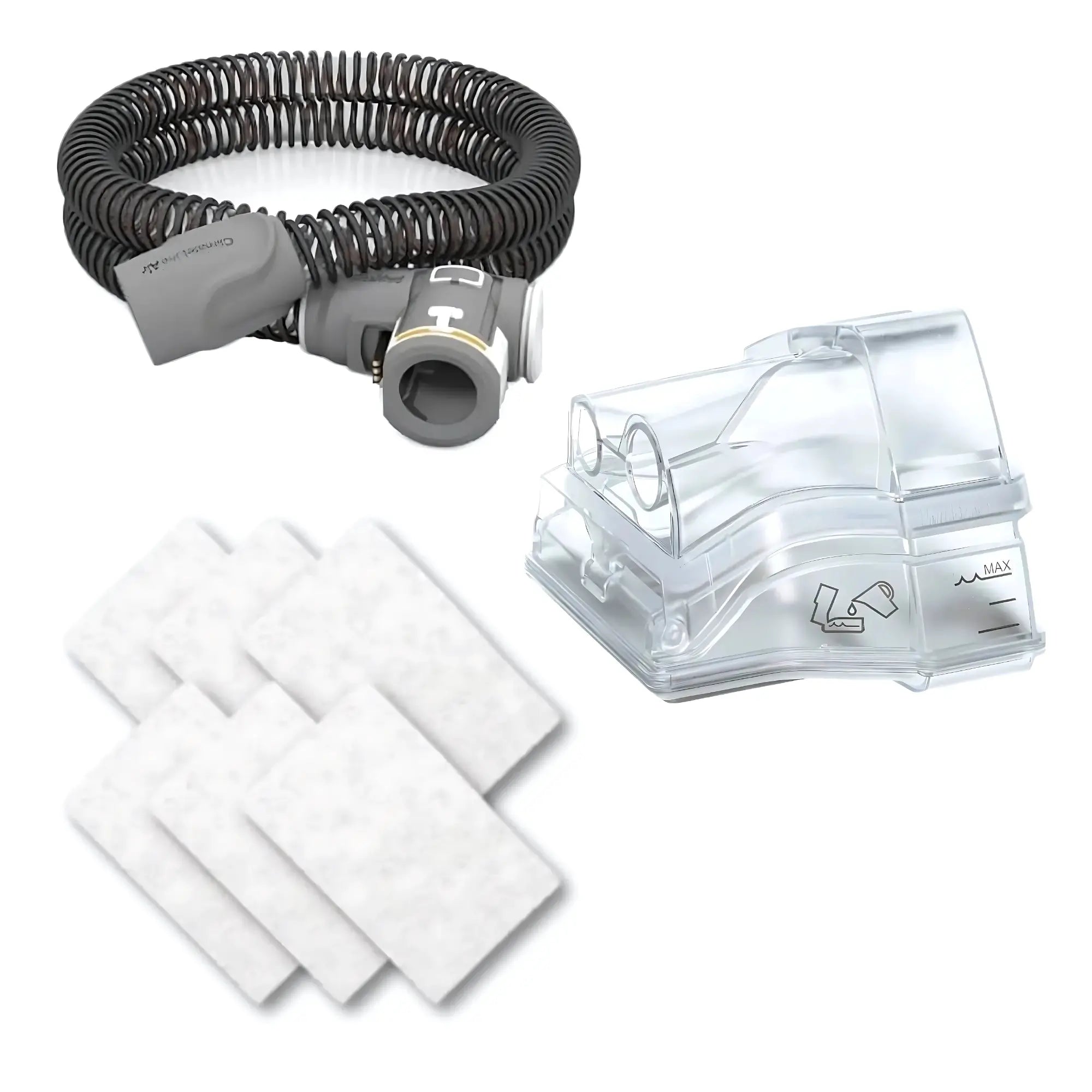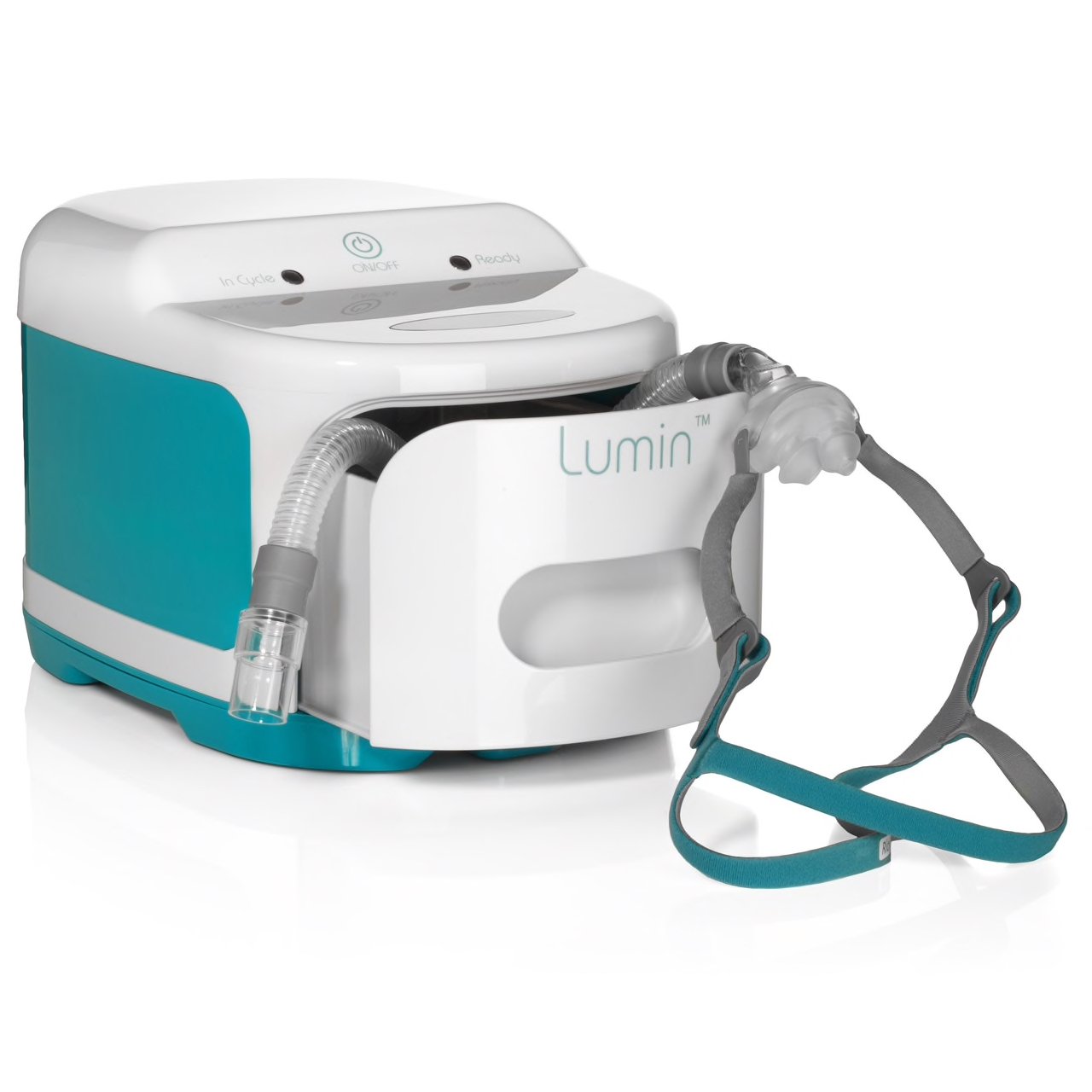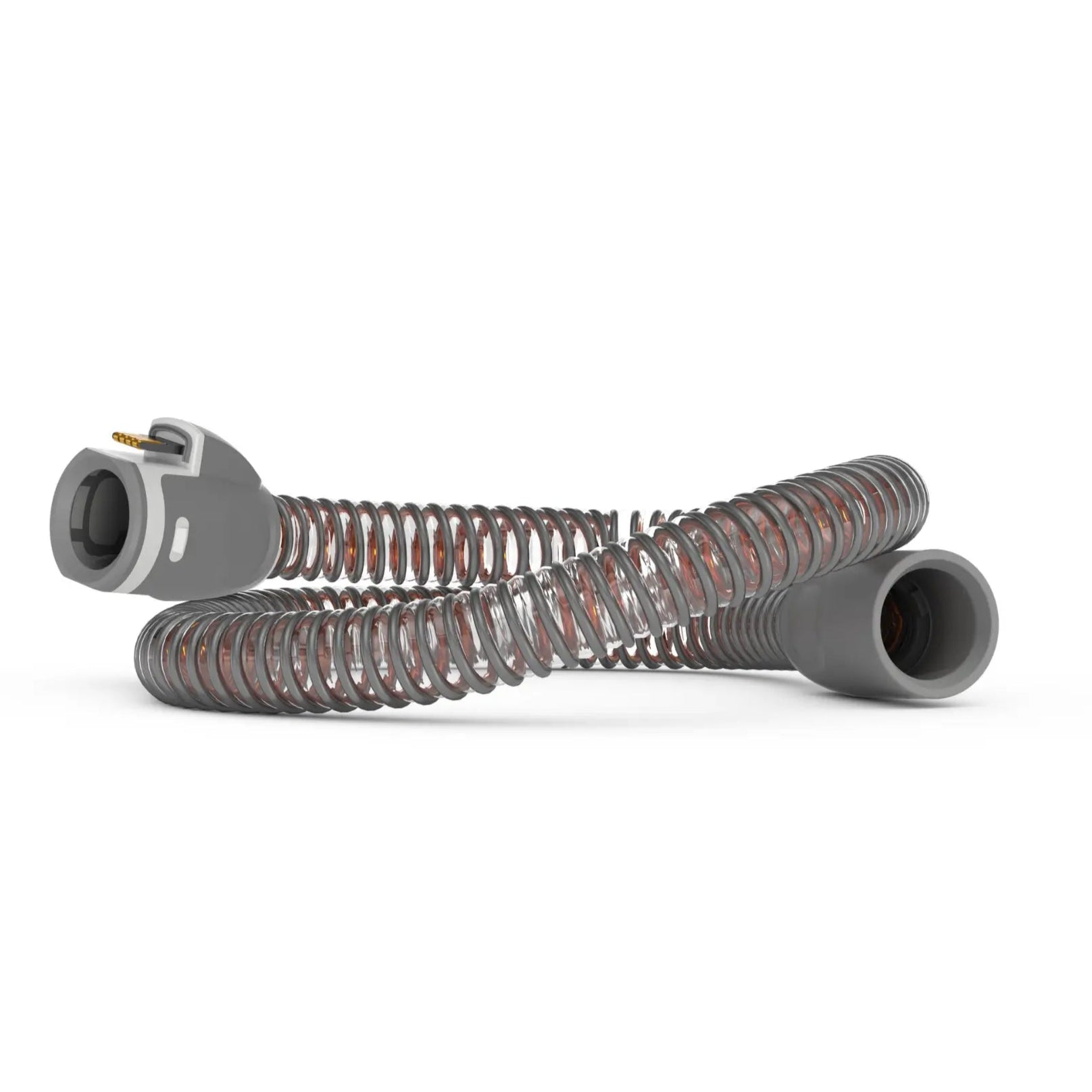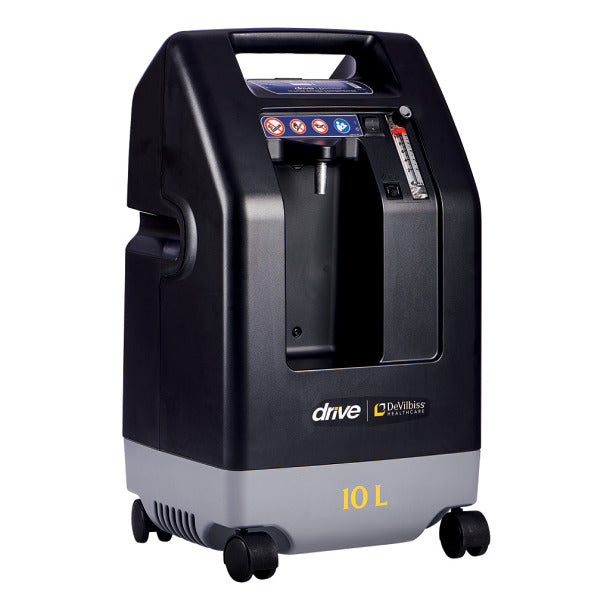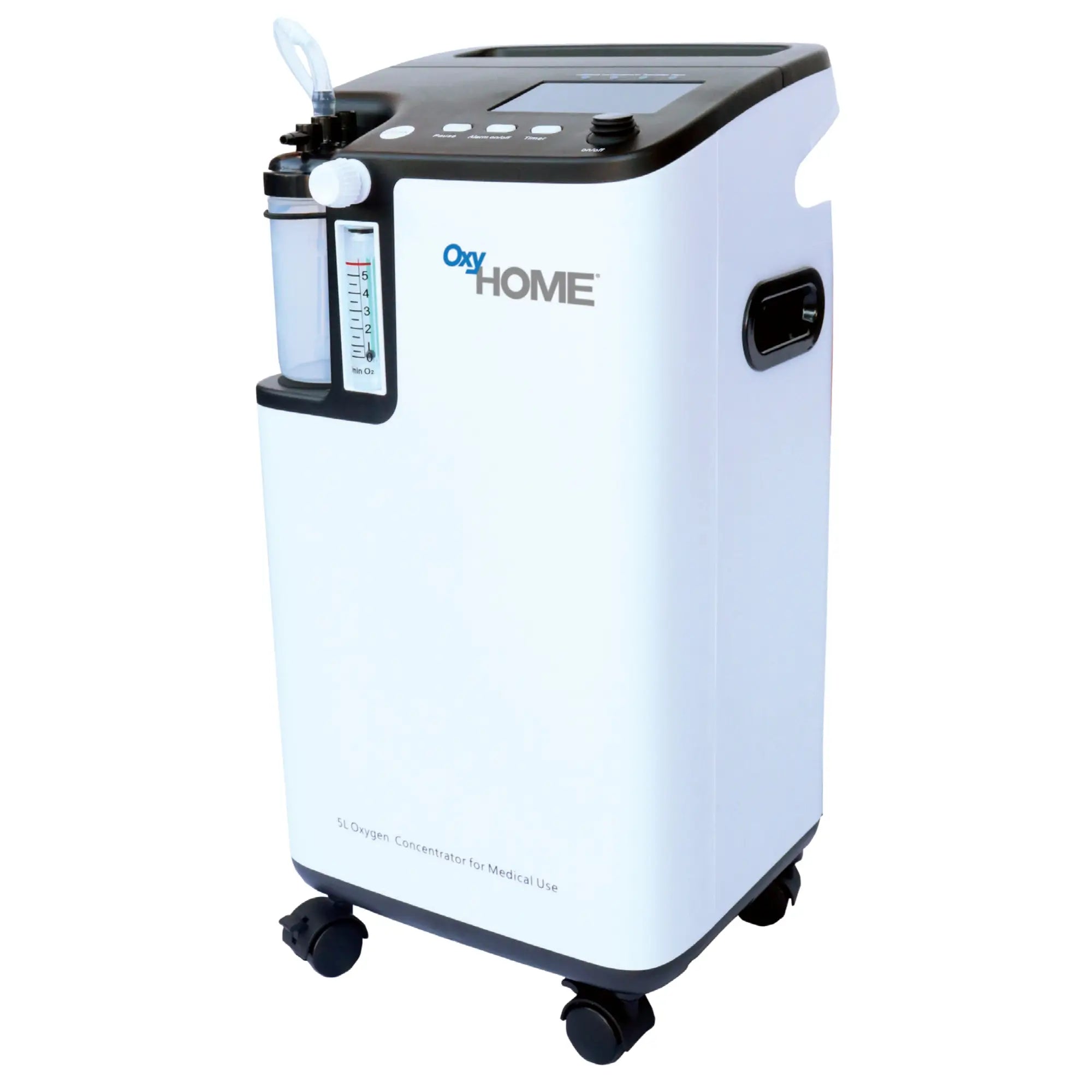What is Sleep Apnea and What Causes It?
The word 'apnea' comes from the Latin phrase for 'without breath'.
A grand majority of sleep apnea cases are a result of physical blockages in the upper airways. This can usually be directly attributed to relaxed throat muscles during sleep, but it is especially dangerous when combined with alcohol. This sleep disorder is called obstructive sleep apnea. OSA accounts for 80% of all sleep apnea cases. The most common treatment option for OSA is continuous positive airway pressure or CPAP.
If you have been diagnosed with OSA by your sleep medicine professional, you may be able to make nights easier for yourself by simply using positional therapy or training yourself to use another sleeping position. Side sleeping, meaning that you sleep on either your left side or right side, is the best sleep position to use when you have OSA because it can help reduce blockages. as well as other treatment options.
People who have been diagnosed with sleep apnea often also experience hypopneas, which are partial reductions in the airways during sleep.
Whether totally or partially blocked, most pauses in breathing last between 10 and 30 seconds. The interruptions in your breathing pattern can actually last upwards of one minute. This leads to abrupt drops in blood oxygen saturation, with oxygen levels plummeting 40% in some cases.
How Your Sleeping Position Can Help Your Sleep Apnea

Obstructive sleep apnea
It can sometimes be fixed by sleeping sideways.
Sleeping sideways can grant immense relief with this kind of apnea because gravity will pull the obstruction out of harm's way.
During OSA, something is physically obstructing the upper airway and preventing fresh oxygen from entering the lungs. If you are a side sleeper then you can clear the obstruction the occurs with OSA. Sleeping sideways may also help prevent acid reflux specifically, gastroesophageal reflux, which can sometimes stimulate apneas. Sleeping on your left side specifically can help increase overall blood flow and sleeping on your right side may help prevent snoring by reducing airflow blockages. Stomach sleeping is not recommended because it can hinder your breathing and put a strain on your neck. Stomach sleepers may also bury their face in their pillow which affects their breathing patterns. Sleeping in the fetal position is not recommended either since it can cause neck pain and cause back pain as well as affect your breathing pattern.
Most often, this is a combination of age and having excess soft tissue in and around the airways. Having a larger-than-average tongue or tonsils can lead to airway obstruction. It also has the unfortunate tendency to develop as a consequence of CSA, which we will go over next.
Central sleep apnea
Sleeping position can't do as much to fix this kind of apnea.
This kind of sleep apnea accounts for about 15 - 20% of cases. It results from a failure of communication between your brain and the rest of your system. It is called central sleep apnea because the problem originates from the central nervous system. Since it is a communication error between the nervous and respiratory systems, it cannot be directly affected by changing your sleeping position and may affect your quality of sleep more severely than OSA.
Nevertheless, there is hope. New research suggests that sleeping on your side may also indirectly benefit people affected by CSA.
CSA brings added symptoms and manifests itself more frequently in men than in women.
CSA patients may be served best by servo-ventilator machines or unvented masks, which monitor breathing directly and kick in with extra pressure when necessary. These machines are referred to as APAPs and BiPAPs.
Simple Lifehack if Sleeping Sideways Does Not Come Naturally to You
Try using a contoured pillow if you want to sleep sideways for your health, but are having difficulty adjusting. If you don't have a contoured pillow, you can use a tennis ball and place it between your legs. Sometimes, people will have problems with this position because the pillow isn't firm or soft enough.
Worst Sleeping Position and Other Risks for People with Sleep Apnea

The worst position you can sleep in if you have been diagnosed with sleep apnea is called soldier style or the supine position. Basically, this means on your back with your face up and arms at your side. This position is not ideal for obstructive sleep apnea patients because it tends to push your jaw, tongue, and soft palate to the back of your throat blocking your airway preventing you from getting a good night's sleep. Many people who sleep in the supine position tend to open their mouth which can be a sign that they are not getting enough oxygen just breathing through their nose. This in turn can cause dry mouth and the use of an oral appliance to keep their mouth closed.
When you experience chronic apneas and hypopneas, your lack of high-quality rest affects every aspect of your life. Your immune system becomes compromised, your risk for heart attack grows dramatically, and you might even find that your mood changes.
Sleep apnea is a serious condition, but a diagnosis doesn't have to last you your whole life. There is something you can do about it!
There is a correlation between obesity and sleep apnea. Other correlations include:
- Age: People over the age of 60 have a higher risk of sleep apnea.
- Gender: Central sleep apnea is more common in men than it is for women.
- Heart disorders: A heart attack increases your risk of developing sleep apnea.
- Using pain medications: Especially opioid-based medicine.
- Sleeping soldier style: This is what WebMD calls sleeping on your back.
Conclusion: Sleep Sideways. Never Soldier-Style!
If you get told that you constantly snore and you find yourself waking up tired every morning, you may be one of 22 million Americans who live with this condition.
After you take the sleep test and your doctor officially diagnoses you with sleep apnea, the next step will be to talk about treatments.
Your doctor will probably ask you to change certain lifestyle habits as a sustainable and cost-efficient solution to your sleeping problems. An introduction to CPAP therapy will likely follow.
We can help in two ways.
- If you think you may have sleep apnea, take our free sleep apnea test to check what your next steps should be.
- If you already know you have sleep apnea, trust our sleep experts to provide you the most unobtrusive CPAP machines on the market.
Meanwhile, don't forget. Sleeping sideways is probably one of the single best things you can do to relieve obstructive sleep apnea. Of course, you should take measures to deactivate the root causes altogether, but in the meantime, a simple change in sleeping habits can go a long way.




